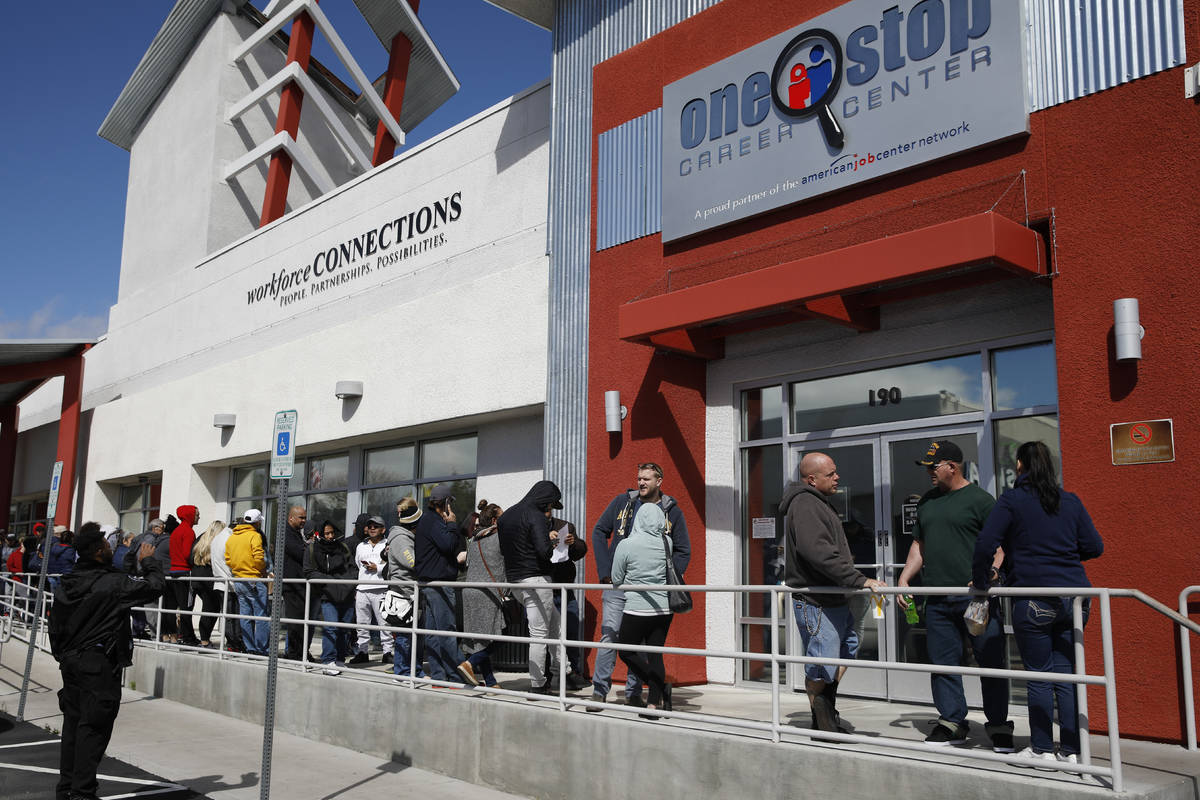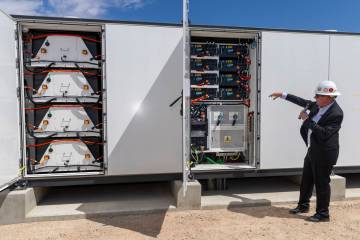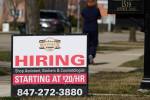6.6M file for benefits as job losses continue to surge
WASHINGTON — With a startling 6.6 million people seeking jobless benefits last week, the United States has reached a grim landmark: Roughly one in 10 workers have lost their jobs in just the past three weeks.
Nevada reported 79,865 new unemployment claims last week, nearly 8,000 more claims than the week before.
The figures collectively constitute the largest and fastest string of job losses in records dating to 1948. They paint a picture of a job market that is quickly unraveling as businesses have shut down across the country because of the coronavirus outbreak. More than 20 million Americans may lose jobs this month.
The COVID-19 outbreak is believed to have erased nearly one-third of the economy’s output in the current quarter. Forty-eight states have closed nonessential businesses. Restaurants, hotels, department stores and small businesses have laid off millions as they struggle to pay bills at a time when their revenue has vanished.
All told, in the past three weeks, 16.6 million Americans have filed for unemployment aid. The unemployment rate could hit 15 percent when the April employment report is released in early May.
A nation of normally free-spending shoppers and travelers is mainly hunkered down at home, bringing entire gears of the economy to a near-halt. Nongrocery retail business plunged 97 percent in the last week of March compared with a year earlier, according to Morgan Stanley. The number of airline passengers screened by the Transportation Security Administration has plunged 95 percent from with a year earlier. U.S. hotel revenue has tumbled 80 percent.
The government-mandated business shutdowns that are meant to defeat the virus and have brought the U.S. to a sudden and violent standstill are unprecedented. For that reason, economists are struggling to assess the duration and severity of the likely damage.
“We’re just throwing out our textbooks,” said Beth Ann Bovino, chief U.S. economist at S&P Global Ratings.
The Penn Wharton Budget Model, created at the University of Pennsylvania’s business school, projects that the U.S. economy will shrink at an astonishing 30 percent annual rate in the second quarter — even including the new $2.2 trillion relief measure, the largest federal aid package in history by far. That would be the largest quarterly economic plunge since World War II.
A key aspect of the rescue package is a $350 billion small-business loan program intended to forestall layoffs. Small companies can borrow enough to cover payroll and other costs for eight weeks, and the loans will be forgiven if small businesses keep or rehire their staffs. The Treasury Department began to roll out the loans last Friday, to mixed results. Many small businesses had trouble accessing loan applications, and economists say the $350 billion is insufficient. Treasury Secretary Steven Mnuchin has said he will seek another $250 billion from Congress.
The rescue package also added $600 a week in unemployment benefits, on top of what recipients receive from their states. This will enable many lower-income workers to manage their expenses and even increase their purchasing power and support the economy. It also makes many more people eligible for jobless aid, including the self-employed, contractors and so-called “gig economy” workers such as Uber and Lyft drivers.
















































